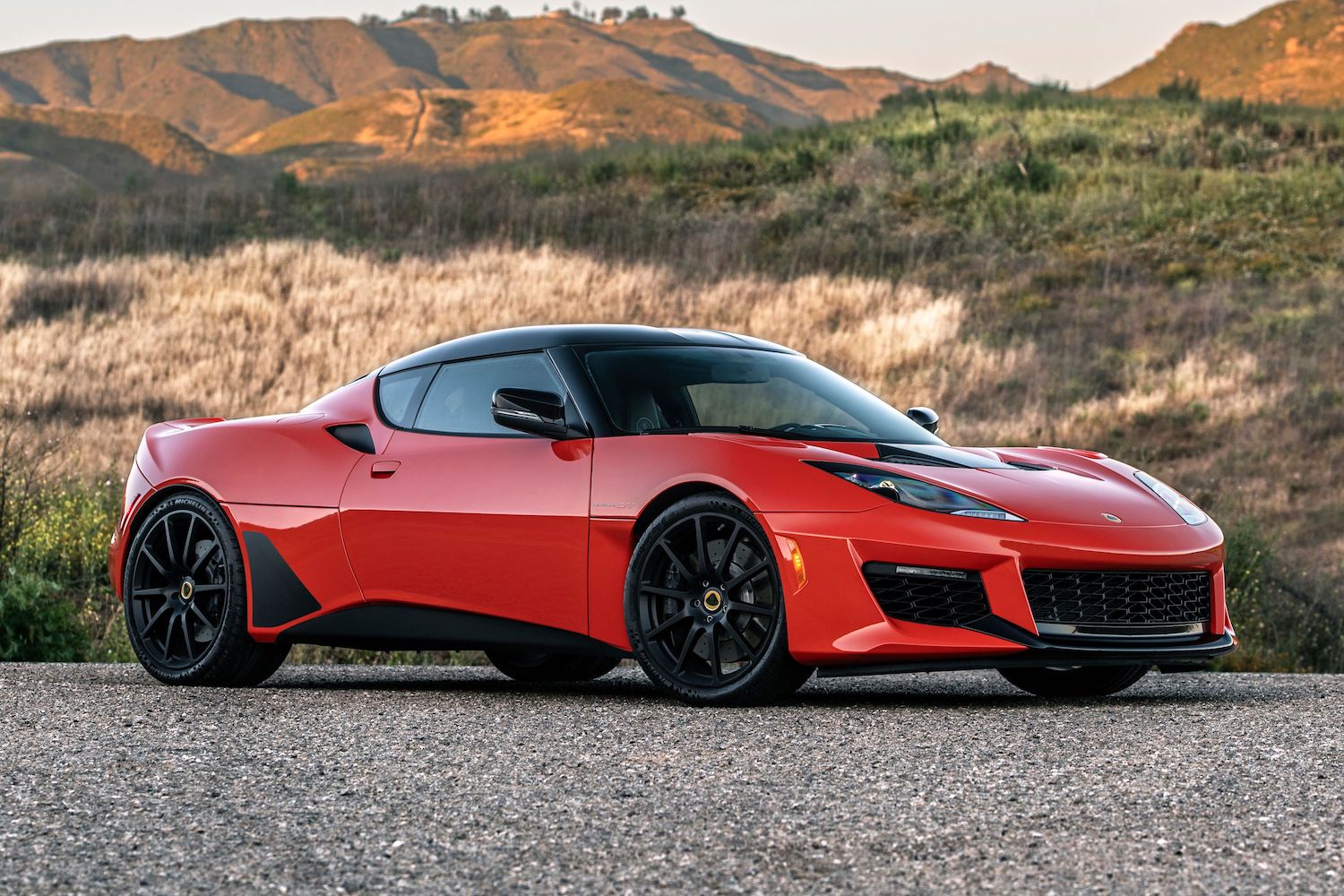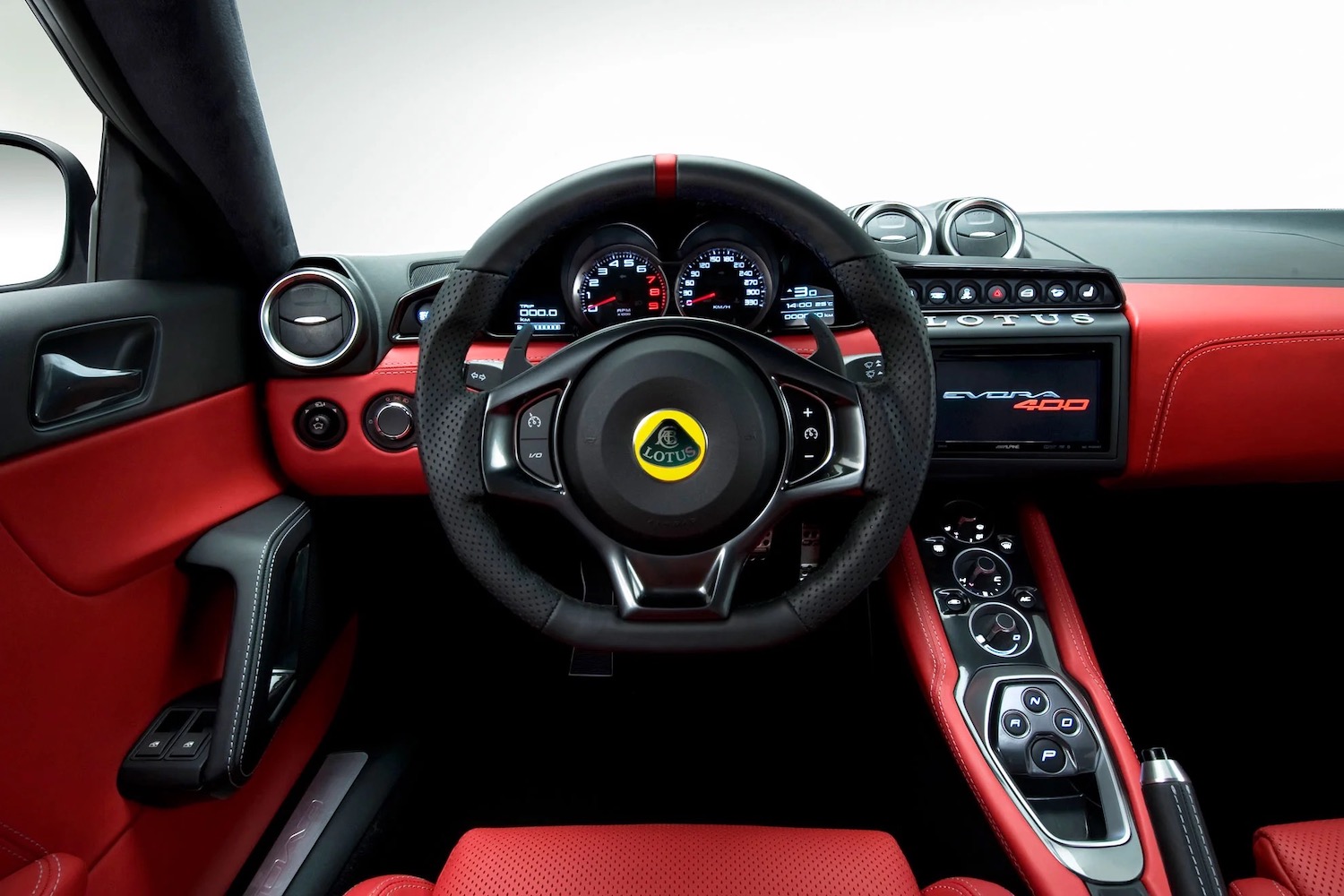
The Lotus Evora is an exceptional sports car that blends British engineering with everyday usability. First introduced in 2008, it remains one of Lotus’s most versatile models, designed to be more comfortable and refined than its predecessors without sacrificing the brand’s signature lightweight, track-ready performance. In this guide, we’ll cover everything you need to know if you’re considering buying a Lotus Evora, from its different models and trims to maintenance and running costs.
Overview of the Lotus Evora
The Lotus Evora was designed to compete in the luxury sports car market, a space dominated by Porsche 911s and similar high-performance vehicles. What sets the Evora apart is its unique combination of agility, lightweight construction, and an exotic, yet understated aesthetic. Unlike Lotus’s track-focused Elise and Exige models, the Evora is a genuine grand tourer that offers more comfort and usability while maintaining a high-performance edge.
Models and Trims
Over its production run, the Lotus Evora came in various models and trims, each offering a unique driving experience. Here’s a breakdown of the key models:
Evora: The original 3.5-liter V6 model with 276 horsepower. It provides a great balance of power and agility. This model is more suited for those who prioritize a mix of comfort and performance, and it was available with either a 6-speed manual or an automatic transmission.
Evora S: Introduced in 2010, the Evora S features a supercharged version of the same 3.5-liter V6, producing 345 horsepower. This model is a better choice for buyers who want more power without sacrificing drivability. The S also offers upgraded suspension and brakes, making it sharper and more responsive on both road and track.
Evora 400: Launched in 2015, this is the fastest and most powerful iteration, featuring a supercharged 3.5-liter V6 engine producing 400 horsepower. The Evora 400 can sprint from 0 to 60 mph in just 4.1 seconds, making it a rival to cars like the Porsche 911 and the Aston Martin Vantage. It also received a facelift, improved aerodynamics, and a lighter chassis.
Evora GT: Released in 2020, this version focuses on even better track performance, offering up to 416 horsepower. The Evora GT features a more aggressive aerodynamic package and lighter weight, making it a purist’s choice for those who crave high-speed precision and handling.
Performance
The Evora’s performance is defined by its lightweight, mid-engine layout, and balanced chassis, which allow it to handle corners with exceptional poise. Unlike some sports cars that can be intimidating to drive at their limits, the Evora is approachable, making it an ideal choice for those who are new to high-performance vehicles but still demand thrilling dynamics.
Thanks to its lightweight construction and focused engineering, the Evora delivers razor-sharp steering feedback and agility that’s rare in its class. Whether you’re taking it on a twisty back road or the track, it never fails to provide an exhilarating driving experience.

Interior and Comfort
Lotus made significant strides with the Evora in terms of interior quality compared to earlier models like the Elise and Exige. While it’s not as luxurious as some of its competitors, the cabin is well-appointed and comfortable enough for long drives. Leather and Alcantara upholstery are common, and higher trims come with premium features like upgraded audio systems and air conditioning.
The driving position is well-suited for spirited driving, with low seats and a straight-arm driving posture. However, taller drivers may find it a little tight, especially in earlier models. The rear seats in 2+2 versions are very small and not suitable for adults, but they add some practicality, making the car a little more family-friendly.
Reliability and Maintenance
Lotus has a mixed reputation when it comes to reliability, although the Evora is generally considered more dependable than earlier models. The Toyota-sourced 3.5-liter V6 engine is known for its reliability, and this is one of the Evora’s biggest selling points compared to some of its rivals, which use bespoke and often more temperamental powertrains.
That said, maintenance costs for a Lotus Evora can still be on the higher side. The car requires regular servicing, and parts can be expensive due to its limited production and bespoke components. Buyers should expect to pay more for maintenance than they would for more common sports cars like a Porsche Cayman or 911, although it’s generally cheaper than servicing something like a Ferrari or Aston Martin.
Common Issues to Watch Out For
Clutch Wear: One of the more expensive maintenance items, particularly on earlier models with manual transmissions. A clutch replacement can cost several thousand dollars.
Electrical Gremlins: Some owners have reported electrical issues, particularly in older models. Problems with the alarm system and air conditioning have been noted.
Brakes and Suspension: Regular track use can cause significant wear on the brakes and suspension components. Make sure any used model has been well-maintained in these areas.
Running Costs
Fuel economy for the Evora is better than many high-performance cars, with the naturally aspirated version averaging around 21-24 mpg. However, the supercharged models are thirstier, particularly when driven hard. Insurance premiums will likely be higher than average due to the Evora’s performance and rarity, so prospective buyers should factor this into their budget.
Pricing and Market Value
Used Evora prices can vary significantly depending on the model, year, and condition. Early models can be found for as little as $40,000, while newer, high-performance models like the Evora GT can reach prices closer to $100,000. As Lotus has ceased production of the Evora, prices may stabilize or even increase as the car becomes more of a collectible in the coming years.
Final Thoughts
The Lotus Evora is an excellent choice for enthusiasts who want a car that delivers an engaging driving experience without compromising too much on comfort and usability. While it may lack the everyday practicality of rivals like the Porsche 911, its unique character, exotic feel, and relatively affordable running costs make it a compelling option. Just be sure to factor in the higher maintenance costs and thoroughly inspect any used model for wear and tear before buying.
Whether you choose the original Evora, the more powerful Evora S, or the track-focused Evora GT, you’ll be getting a true driver’s car that stands out in a sea of more common sports cars.


